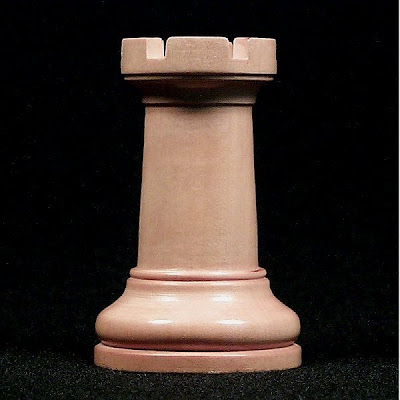Merlons and crenels explained

. . . . . . . . . . . . . . . . . . . . . . . Mmmm, merlons and crenels, now where can I find an example?:) . To write in english, I still use a dictionary every now and then. Often just to check if a word I plan to use indeed means what I think it means. But a dictionary doesn't tell me of course how common a word is in english. Maybe you use a word that is more commonly used like battlement or so? . I'm sorry to say that I feel too handicapped without my tools to write a serious post on this subject. I'm not going to invest time to install my tools on this laptop I'm temporarily using so that has to wait untill my new computer arrives. (I hate the primitive keyboard of a laptop and the way to use a mouse with a sort of rubbing pad. Yikes. Where has voice recognition gone?) . BTW why is blogger throwing my empty lines away?




